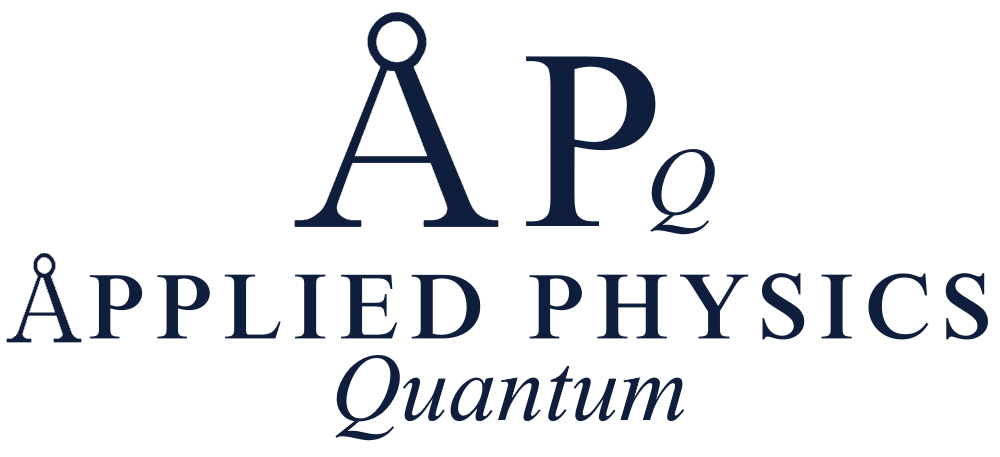One of the most talked-about advancements in artificial intelligence (AI) is OpenAI’s GPT-3. As the third iteration of the Generative Pre-trained Transformer language model, GPT-3 is capable of producing human-like text based on minimal input. With an impressive 175 billion parameters, GPT-3 has the largest model size and scale, enabling it to generate highly nuanced responses and perform complex tasks.
GPT-3 can apply its knowledge across a wide array of applications, such as natural language processing tasks, translation, summarization, and even writing code. Its versatility has made it an asset in various industries, including content creation, customer support, and software development.
One of GPT-3’s most notable features is its ability to generate text that is both coherent and contextually relevant. This is achieved through unsupervised learning, where the model is able to capture implicit knowledge based on the patterns found in the text data it has been trained on. The result is text that appears to be written by humans and offers valuable insights.
Despite its numerous strengths, GPT-3 is not without its limitations. It can sometimes produce text that is unrelated to the input or even factually incorrect, necessitating close scrutiny of the generated content. Moreover, the model may unintentionally exhibit biases present in the training data, which could lead to issues when creating sensitive content.
As AI continues to advance and models like GPT-3 push the limits of what is possible in the realm of language processing, new applications and improvements are bound to emerge. By understanding both the potential and the limitations of AI-driven language models, we can harness their power to create innovative solutions and drive progress.
